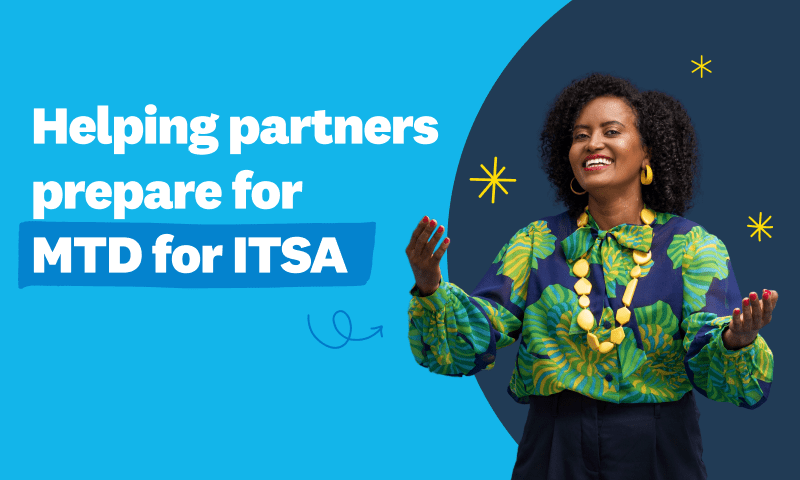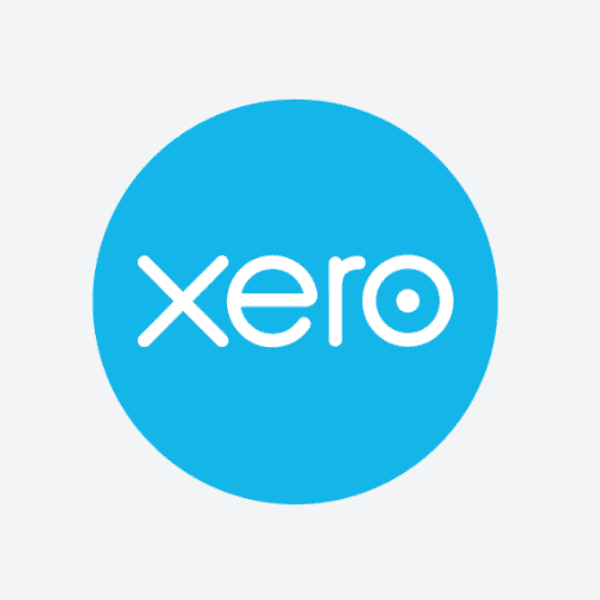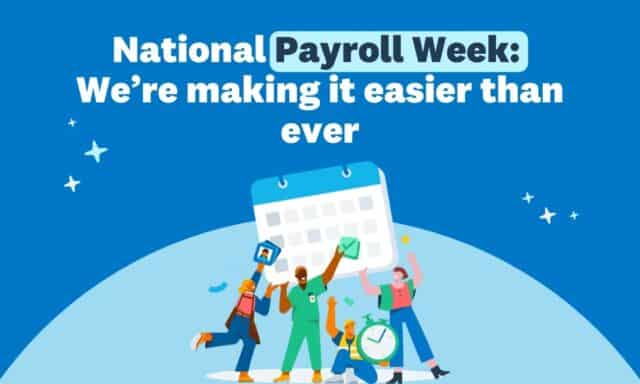
Prepare for Making Tax Digital for Income Tax with Xero’s ITSA Academy
Last updated: Dec 22, 2023

This article was updated on Thursday 21 December 2023.
From April 2026, self-employed people and landlords earning over £50,000 annually, will need to follow Making Tax Digital for Income Tax Self Assessment (MTD for ITSA) rules.
As an accountant or bookkeeper, you will need to prepare yourself, your clients, and your practice for these changes. Xero’s 3-step ITSA academy has been designed specifically to help you prepare. You’ll gain access to an on-demand webinar, an in-depth guide and a bespoke one-to-one consultation with an MTD expert. You can sign up here, or keep reading for a summary of some of the key aspects of MTD for ITSA.
What MTD for ITSA means for your clients
From April 2026, your sole trader and landlord clients earning above £50,000 will need to use ITSA-compatible software to keep digital records and submit updates to HMRC.
In place of the annual Self Assessment, clients will need to send the following every tax year:
- Four quarterly updates
- One Final Declaration
By sending regular updates to HMRC, clients get real-time visibility of their estimated tax bill. So they can plan their budget and cash flow much more accurately.
This is something Macauley Brammer, Personal Tax Senior at Best Accountancy Services (Plymouth) Ltd highlights to clients: “We explain they’ll have a much more immediate handle on what they owe at any time in a year. While this may invite more questions for the practice, it will help them gain a greater understanding of the process.”
What it means for you and your practice
During the transition to MTD for ITSA, clients will look to you for advice and guidance. Make sure you’re clear on the practical changes to Self Assessments, as well as the software requirements for compliance.
Macaulay underlines the importance of completing your due diligence on the legislation. “You need to be able to offer technical guidance, so know your subject. Also, make sure you have a plan and work towards it.”
Making Tax Digital is a great opportunity to modernise your practice. Digitalisation increases efficiency, so you can take on new clients, provide additional services, and future-proof your practice.
An intro to quarterly updates and Final Declarations
Quarterly updates
Your clients will need to submit updates containing details of their income and expenditure four times a year. Here’s what that schedule will look like:
| Quarterly period | Quarterly deadline |
| 6 April to 5 July | 5 August |
| 6 July to 5 October | 5 November |
| 6 October to 5 January | 5 February |
| 6 January to 5 April | 5 May |
You’ll need an agent services account (ASA) to send updates on your client’s behalf. Your clients will need to authorise you to do this, and you can send an authorisation request via your ASA. One ASA can be used for multiple clients.
Final Declarations
A Final Declaration finalises a taxpayer’s end-of-year position for tax and determines what they owe.
As with quarterly updates, the Final Declaration must be submitted via HMRC-approved software.
How you can support your clients with MTD for ITSA
Giving your clients plenty of time to prepare for MTD for ITSA will help them make a smooth transition to the new system. Here are some steps you can take to prepare them:
- Educate clients on digital record-keeping
Some of your clients might already be using MTD-compatible software, but others won’t be. The digital links rule is a key aspect of MTD and non-compliance can result in a penalty, so make sure you’re communicating the changes to Self Assessment to your clients. - Let clients know about the changes to Self Assessment
From April 2026, clients will need to switch from one annual submission to four quarterly updates. They may need more frequent support with their accounting, so make sure they’re aware of changes to Self Assessment. - Work with clients to ensure they are using MTD-compatible software
Having MTD-compatible software in place is critical to compliance with ITSA rules. Work with your clients to ensure they have a software package that suits their needs ahead of April 2026.
How Xero can help
It’s not too early to start preparing for MTD for ITSA. Get the tools and infrastructure in place now so you can embrace the growth opportunities that MTD for ITSA will bring.
Macaulay says: “The process of working with Xero and onboarding clients is great – we can already see they’re engaged. Communication has been excellent, and any changes we request are made straight away. The Xero team has been extremely helpful, even speaking to HMRC on our behalf.”
Xero is committed to supporting accountants and bookkeepers with MTD for ITSA.
Register for our 3-step ITSA academy today to prepare your practice for the upcoming change. You’ll gain access to an on-demand webinar, an in-depth guide and a bespoke one-to-one consultation with an MTD expert. Learn more here.




